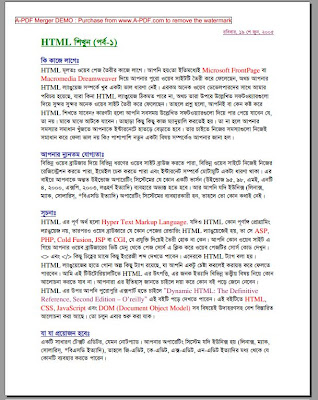first to give you an idea of what is possible; then you can look at the elements and attributes used in detail.
When you first read this book, you do not need to closely read the detailed explanations of every single
element. As long as you understand the gist of the markup, feel free to move on, and then come back
and look at the finer detail when you need it.
Each chapter ends with exercises designed to get you working with the concepts you ’ ve just learned. Don ’ t
worry if you have to go back and review the content of the chapter in order to complete the exercises: this
book has been created with the intention that it should be a helpful reference for years to come, so don ’ t fee
that you need to learn everything by heart. Along the way, you ’ ll see which browsers support each element
and you ’ ll learn plenty of handy tips, tricks, and techniques for creating professional web pages.
Once you have seen how to create and structure a document using HTML and XHTML, you will then lear
how to make your pages look more attractive using CSS. For example, you ’ ll learn how to change the
typefaces and size of fonts, color of text backgrounds, and borders that go around items. In addition, you ’ l
learn how to control where items appear on the page, which will allow you to create attractive layouts.
Having worked through the two chapters on CSS, and using the examples in the book, you should be
able to write quite complex web pages. The chapters up to that point can then act as a helpful reference
you can keep coming back to, and the examples will act as a toolkit for building your own sites.
Chapters 9 and 10 start to build on the theory you learned in the first half of the book, with practical
advice on how to approach the creation of a new web site, determine who it is aimed at, and ensure tha
it meets the needs of its target audience.
These chapters also introduce many key issues regarding the design of web pages and how to make
them more attractive. The design sections cover both the bigger picture — how to lay out your page —
and also more detailed aspects, such as how to create effective navigation that allows users to find the
pages they want on your site, and how to create effective forms to gather information from visitors.


No comments:
Post a Comment